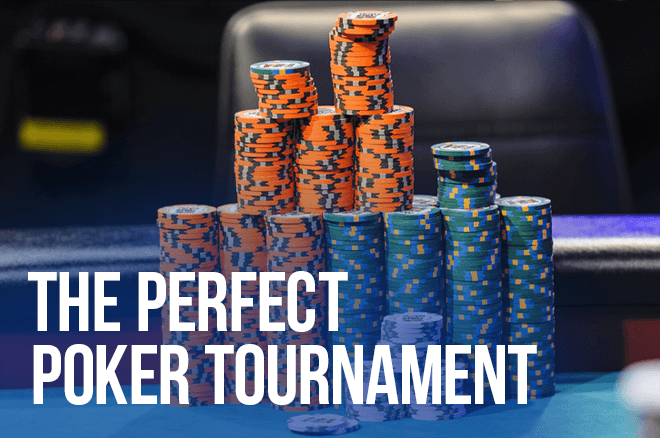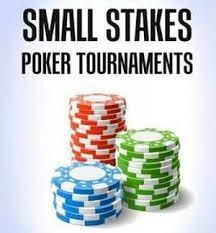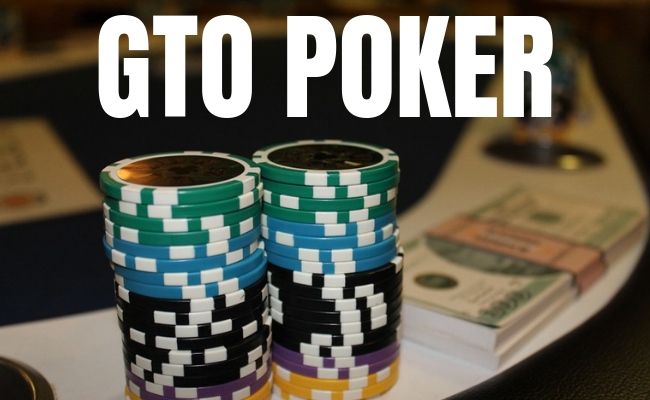GTO (Game Theory Optimal) and whether or not it’s better than exploitative play has been the subject of much debate regarding the greatest strategy for winning poker. In actuality, you don’t need to pick one of these solutions but rather grasp the fundamental concepts of GTO play and when to use it.
For clarity, there is need to go through every aspect of the GTO in this essay, starting with its definition and how it operates in the real world. The GTO poker strategy is generally excellent, but it’s not always the most effective.
Begin with the basics: Definition of GTO poker:
GTO refers to a strategy in which you try to play as mathematically faultless a Game of Poker as possible in the hopes that your competitors will make errors against you. This technique ensures that your value hands and bluffs are balanced so you cannot be taken advantage of.
It’s easy for individuals to mistakenly assume that GTO is a superior strategy because of the term “optimal” in the sentence. There are certain exceptions to this. As a starting point, the GTO model focuses on developing a style of play that makes it difficult to exploit.
You will be using the same method to win regardless of your opponents. Your opponents would have no way to exploit your style of play if you were following the rules of Game Theory Optimum. Regardless of what they do, they will be punished. Contrarily, the GTO technique is inflexible since it does not allow for modifications.
Using an example is the most excellent method to convey this. If the GTO model states that the ideal 3-bet amount in a given situation is 13 large blinds, you’ll be 3-betting to that level regardless of your opponent’s strength.
When playing against a loose madman willing to call a 30 large blind 3-bet when you have pocket Aces, you will not vary from your regular approach and leave money on the table. Before delving more into this strategy’s pros and cons, I’d want to touch on something else briefly.
Is It True That GTO And Exploitative Play Cannot Coexist Together?
There also seems to be some misconception among players about the need to choose one playing style over the other and be consistent with their decision, which is entirely wrong. Learning the fundamentals of GTO is essential for building a solid basis for your poker strategy, as was just said.
After all, to switch up your gameplay and take advantage of your adversaries, you need to identify the flaws in their strategies, which you can’t accomplish if you don’t have a firm grasp on the best approach to take yourself.
Learning GTO, even to a limited amount, may be highly helpful in various scenarios, including those in which you are competing against unfamiliar players or at complex tables. For instance, during a tournament, you can be assigned to play at a table with individuals who are far more skilled than you. And able to use their poker skills and effective poker rules wisely.

Because taking an exploitative approach to this situation will likely damage your chances of winning, so you should consider whether or not using GTO is the best choice for you. Therefore, these two ideas are not incompatible with one another, and it is in your best interest to get an understanding of both of them.
You will be more equipped to deal with various situations and better able to adapt to new circumstances at the tables. It will make you a lot more difficult opponent overall. Again, there is no need for you to attempt to memorize the whole of the GTO.
It would be excessive, not to mention very impossible to do. Instead, it would help if you focused on analyzing certain everyday situations to grasp better how the game should be played under these conditions. Because of this, you should have an excellent idea of what to do in such scenarios to keep your ranges balanced and your play as close to GTO as possible.
Optimal performance in game theory (GTO): The Theory behind Texas Holdem Poker:
“Game Theory Optimal” (GTO) poker is “an umbrella word players use to define the holy grail of playing strategy for no-limit Holdem,” according to one definition of the phrase (MasterClass). According to the optimum theory, a player should always choose the action that will result in the greatest profit throughout the game.
It is the general rule. For instance, when a player must decide whether to check/call, bet, or fold at the beginning of each hand, several hand combinations (such as AA, KK, AK, etc.) each have an associated win %. The player will have a range with the following GTO and some potential hand combinations with which they will call or raise.
They will fold any hand that does not fall inside their range. GTO, on the other hand, does not imply that one must constantly follow the statistics. According to the statistics, when just two people compete in a game, one of them should win more frequently than not. However, this scenario doesn’t come up very often in practice.

It is the crux of the matter regarding GTO poker (Yakovenko). When playing against a human, it is necessary to account for a certain element of randomness and consider the many tactics the human may use. You have a general concept of how the strategy might change depending on the hands dealt, and it is your responsibility to consider this while carrying out your own plan.
When more than two people are competing, it is tough to determine the best course of action for each scenario in the game. On the other hand, “when you modify your plan to an opponent’s strategy, he or she will adjust to yours, and so on ” (Yakovenko). Because of this, the process of altering your strategy to compete with that of your opponent becomes an infinite circle.
Identifying a GTO equilibrium in a heads-up, the two-player game is feasible, which states that “an opponent cannot exploit – or at least cannot exploit beyond a 1 percent advantage – using any other viable strategy” (Yakovenko).
In order to train, they employed two hundred computers and software that played “uniform games against itself” for seventy days. It allowed the program to learn “every conceivable move in the game” (Angioni), and they stopped training it when they “can’t tell it apart from being flawless” (Angioni).
The researchers “can now prove that the dealer has an advantage of what we call ’88 mill blinds’ per game, which is equivalent to.088 of a big blind per game,” was one of the most important findings that they came to as a result of their investigation.
It was in addition to the fact that they developed AI capable of performing GTO poker consistently (Angioni). While the finding in and of itself is noteworthy, it is also essential to keep in mind that it paves the way for the investigation of additional topics about poker theory that need an environment, including an AI capable of playing correctly.

Final Thoughts:
There is no perfect strategy for pokers, and players must add their mental skills to these games to qualify for the following stages. In many poker games, there is only a hit and trial method to understand opponents’ schemes. The strategy made before games might be failed during poker matches and mostly, new tricks are applied to win your battle.
Author’s Bio:
Samuel Dawson loves helping others to thrive online through Social Media, Blogging, and SEO. What good is knowledge if you cannot share it with others? He has 30+ years of experience in marketing/advertising with 10 years of experience in content marketing, social media, blogging, and SEO. Therefore he has written an article Strategy of Poker Game to discourage the misconceptions of its shortcuts.

